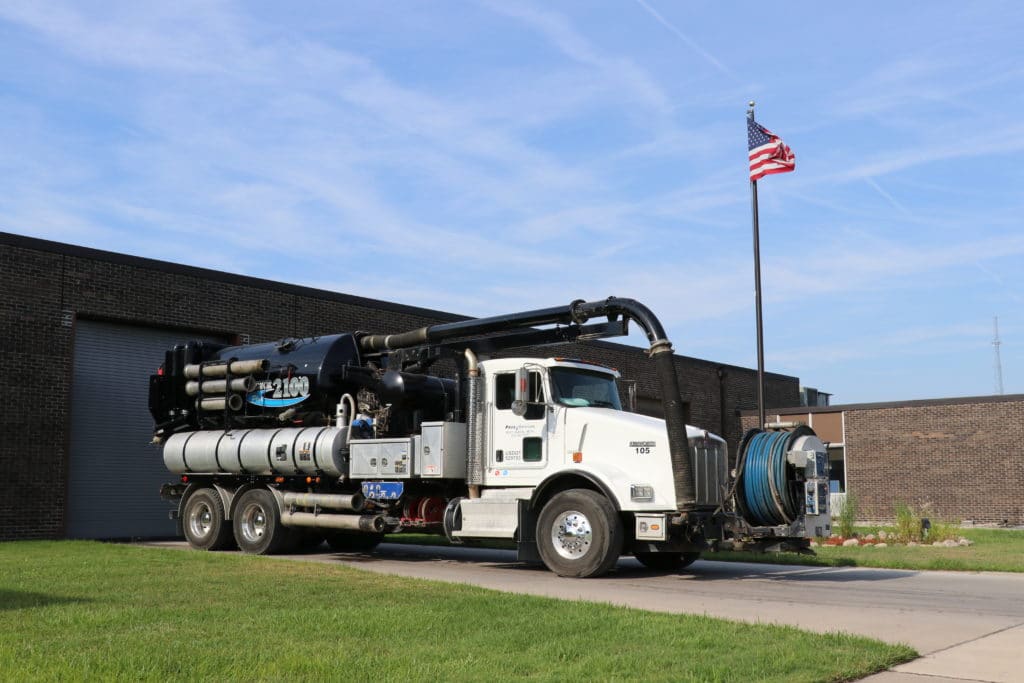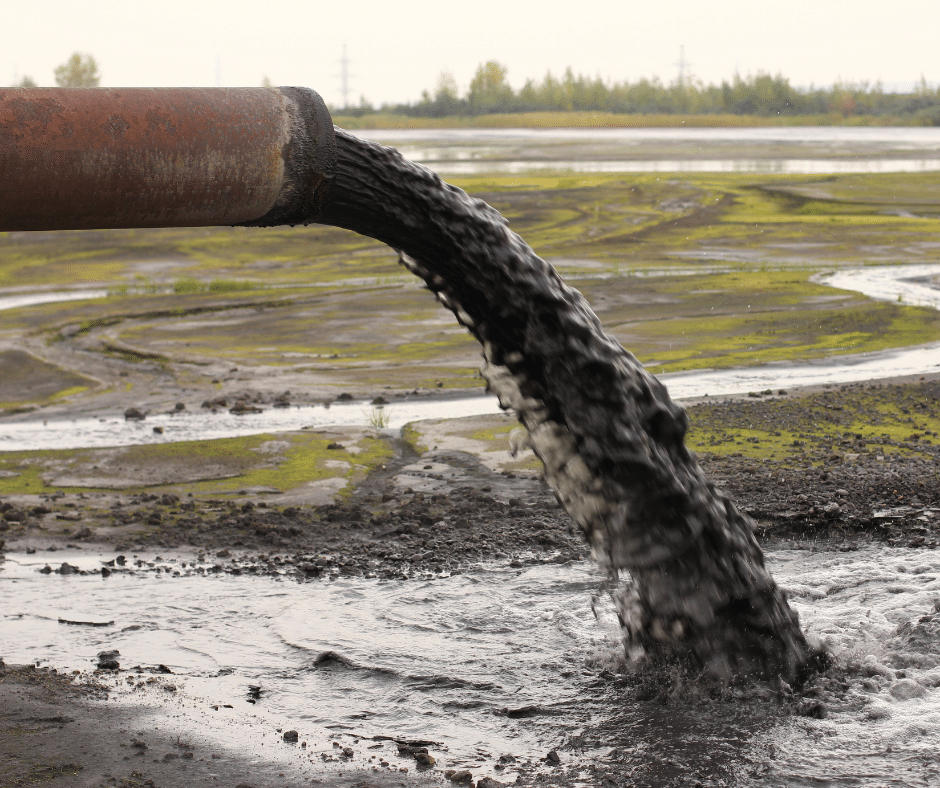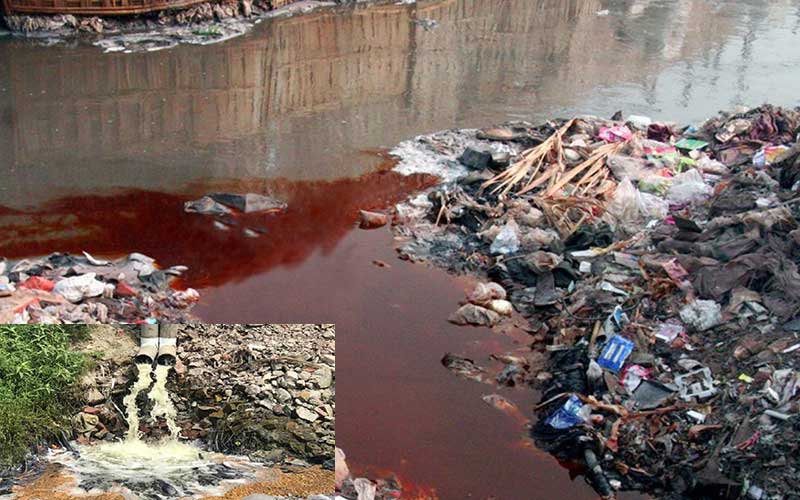Expert Liquid Waste Removal Melbourne: Keeping Your Environment Clean
Expert Liquid Waste Removal Melbourne: Keeping Your Environment Clean
Blog Article
How Liquid Garbage Disposal Functions: A Detailed Overview of Methods and Technologies Utilized

Overview of Liquid Waste Kind
The complexity of fluid waste types necessitates a detailed understanding of their characteristics and implications for disposal. Fluid waste can extensively be categorized into several kinds, consisting of industrial, local, agricultural, and dangerous waste. Each classification exhibits distinct properties, requiring details administration techniques to mitigate ecological and wellness dangers.
Industrial liquid waste originates from making processes and usually has a series of pollutants, such as heavy steels, solvents, and organic compounds. Metropolitan fluid waste, mainly comprising wastewater from houses and industrial establishments, consists of raw material, nutrients, and microorganisms (industrial wastewater treatment). Agricultural fluid waste, consisting of runoff from ranches, may have plant foods, chemicals, and animal waste, posing dangers to water quality and ecosystems
Unsafe liquid waste is characterized by its toxicity, sensitivity, or possible to cause harm. Understanding these varied fluid waste types is important for creating reliable disposal techniques and ensuring compliance with environmental guidelines.
Physical Therapy Techniques

Screening is the preliminary step, where larger particles and particles are gotten rid of from the fluid waste utilizing screens or grates. This process protects downstream devices from damages and makes sure smoother operation. Following testing, sedimentation makes use of gravitational force to separate solids from fluids. In sedimentation storage tanks, much heavier particles settle at the bottom, developing a sludge layer, while the clarified fluid can be more treated.
Purification is one more important approach that includes passing the liquid with porous products, such as sand or membranes, to catch smaller fragments. This action enhances the top quality of the liquid, making it appropriate for subsequent treatment procedures.

Chemical Therapy Techniques
Chemical therapy strategies are important for properly taking care of liquid waste, especially in resolving liquified and colloidal impurities that physical approaches may not adequately get rid of. These techniques make use of numerous chemical agents to reduce the effects of, speed up, or change dangerous compounds right into less unsafe forms.
One common approach is coagulation and flocculation, where chemicals such as alum or ferric chloride are included to promote the aggregation of put on hold bits. This procedure boosts sedimentation, enabling much easier elimination of the resulting sludge. Additionally, oxidation processes, using representatives like chlorine or ozone, are used to damage down complex natural substances and microorganisms, rendering the waste safer for discharge or site more therapy.
Neutralization is one more essential method, which readjusts the pH of acidic or alkaline waste streams to neutral levels, protecting against possible damage to downstream systems and the atmosphere. Furthermore, progressed oxidation procedures (AOPs) make use of combinations of oxidants and ultraviolet light to degrade persistent toxins, accomplishing a higher level of therapy efficiency.
Biological Therapy Procedures
Organic treatment processes play an essential duty in the monitoring of fluid waste by utilizing microorganisms to break down raw material and minimize contaminant levels. These procedures can be broadly classified right into anaerobic and cardiovascular therapies, each employing particular microbial areas to achieve efficient waste deterioration.
Aerobic therapy involves the usage of oxygen to assist in the breakdown of natural materials by germs. This process is generally implemented in turned on sludge systems, where oygenation containers provide a favorable atmosphere for microbial growth, bring about the oxidation of organic pollutants. The resultant biomass can be divided from treated effluent via sedimentation.
In contrast, anaerobic treatment happens in the lack of oxygen, counting on different microorganisms to break down raw material. This approach is particularly advantageous for high-strength waste, as it generates biogas, a renewable resource source, while decreasing sludge manufacturing. Technologies such as anaerobic digesters are regularly employed in commercial and visit this website municipal applications.
Both cardio and anaerobic biological treatments not just decrease the environmental influence of liquid waste however also promote source recuperation, making them important components of lasting waste management approaches. Their flexibility, effectiveness, and efficiency support their extensive implementation throughout numerous markets.
Arising Technologies in Disposal
Innovative techniques to fluid garbage disposal are rapidly progressing, driven by developments in innovation and a boosting emphasis on sustainability. Among these emerging technologies, membrane bioreactors (MBRs) have actually gotten grip for their capability to incorporate biological therapy with membrane layer purification, resulting in top notch effluent that can be recycled in various applications. MBRs allow smaller sized footprints and extra reliable procedures compared to typical systems.
An additional promising growth is the usage of anaerobic food digestion incorporated with nutrient healing technologies, which not only treats liquid waste yet additionally produces biogas and recoups important nutrients like nitrogen and phosphorus. This double advantage improves resource efficiency and reduces environmental impact.
Additionally, advanced oxidation procedures (AOPs) are being embraced for the deterioration of complicated organic pollutants. These approaches make use of effective oxidants and stimulants to break down pollutants at the molecular level, offering a very efficient option for difficult waste streams.
Furthermore, the integration of artificial knowledge and artificial intelligence in waste management systems is optimizing functional effectiveness and predictive upkeep, leading to decreased expenses and improved ecological compliance. These technologies reflect a significant shift towards even more efficient and sustainable fluid waste disposal practices.
Final Thought
Finally, reliable fluid garbage disposal necessitates a comprehensive understanding of numerous techniques and modern technologies. The combination of physical, chemical, and organic treatment approaches makes sure the efficient administration of varied waste types. In addition, the appearance of innovative modern technologies enhances therapy efficiency and promotes sustainability in waste monitoring methods. By continually advancing these methods, it becomes possible to resolve the growing obstacles related to liquid waste, inevitably adding to environmental management and resource recuperation.
Liquid waste disposal is a vital facet of ecological management, needing a comprehensive understanding of different methods and modern technologies customized to various waste kinds. Liquid waste can extensively be categorized into a number of types, consisting of industrial, local, farming, and unsafe waste. Agricultural fluid waste, consisting of drainage from ranches, might have fertilizers, chemicals, and pet waste, posturing threats to water top quality and ecosystems.
Various physical treatment approaches play a critical role in taking care of liquid waste properly - industrial wastewater treatment.In conclusion, effective fluid waste disposal demands a thorough click this understanding of different methods and innovations
Report this page